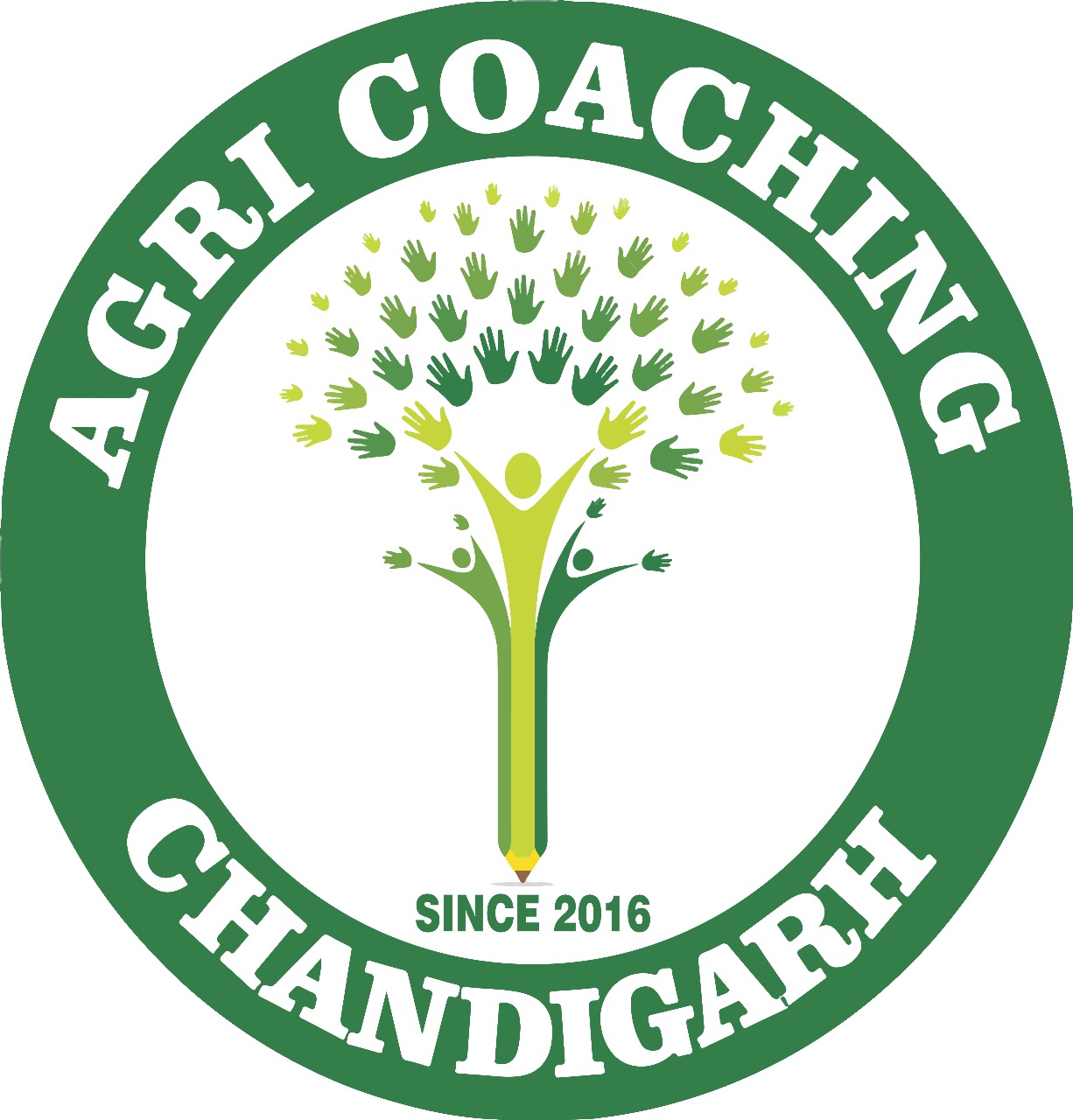Wheat (Triticum spp.) is one of the most important staple food crops worldwide. In India, wheat holds the position of the second most important staple food crop after rice. For aspirants preparing for agriculture exams like IBPS AFO, NABARD, UPSC Agriculture Optional, and various state-level exams, understanding the Package of Practices for Wheat Crop is crucial. Here’s a comprehensive and exam-focused guide that covers cultivation of wheat notes, ideal for both academic study and practical understanding.
Basic Information about Wheat Cultivation
- Chromosome Number: 2n = 42
- Type: Hexaploid crop developed through outcrossing
- Photosynthetic Pathway: C3 Plant
- Photoperiodism: Long-day Plant
- Germination Type: Hypogeal
- Fruit Type: Caryopsis
- Protein Content: 10-11% (mainly Gluten)
- Harvest Index: 40–45%
The flowering portion of wheat is called the Head/Ear/Spike and the minimum germination percentage required is 85% (IBPS AFO 2020).
Classification of Wheat
Type | Chromosome Number | Examples |
Diploid | 2n = 14 | Triticum boeoticum, T. monococcum |
Tetraploid | 2n = 28 | Triticum dicoccum (Emmer wheat), T. durum (Macroni wheat) |
Hexaploid | 2n = 42 | Triticum aestivum (Bread wheat), T. sphaerococcum (Indian dwarf wheat) |
Among these, Triticum aestivum is the most commonly grown species in India, widely favored for its adaptability and yield potential.
Climate and Soil Requirements for Wheat Crop
Climate:
- Wheat is a Rabi season crop.
- Requires cool and moist weather during vegetative growth.
- Warm and dry conditions favor grain formation.
Soil:
- Ideal soils are loam to clay loam with good structure.
- Optimal pH: 6.0 to 7.5.
Seed Rate, Sowing Time and Methods
Method of Sowing | Seed Rate (kg/ha) |
Broadcasting | 150 |
Furrow behind plow | 90-100 |
Seed drill | 80-100 |
Dibbler | 25-30 |
FIRBS method | 75 |
Sowing Time:
- Timely sowing: 1st week of November
- Late sowing: Second fortnight of November
Methods of Sowing:
- Broadcasting
- Furrow behind plow (Kera & Pora methods)
- Seed drill
- Dibbler method
- Furrow Irrigated Raised Bed System (FIRBS) for water conservation.
Irrigation Management
Critical Stages for Irrigation:
- CRI (Crown Root Initiation): 20–25 DAS
- Flowering Stage: 85–90 DAS
- Milk and Dough Stage: 100–110 DAS
Irrigation Schedule:
Irrigation No. | Stage | Days After Sowing (DAS) |
First | CRI | 21–25 |
Second | Late Jointing | 40–45 |
Third | Tillering | 60–65 |
Fourth | Flowering | 80–85 |
Fifth | Milking | 100–110 |
Sixth | Dough | 115–120 |
Water Requirement:
- 550–650 mm total requirement
- IW:CPE ratio: 0.90
Nutrient Management
For better wheat crop management for agriculture exams, focus on:
- Proper NPK balance
- Correct timing of top-dressing
- Avoiding excess nitrogen to reduce lodging.
Weed Management
Major Weeds in Wheat:
- Phalaris minor (Mimicry weed)
- Avena fatua (Wild oat)
- Convolvulus arvensis (Hirankhuri)
Control Measures:
- Application of Isoproturon or Dosanex @ 2 kg a.i./ha at 32-35 DAS.
- Timely intercultural operations.
Major Diseases and Their Management
Disease | Pathogen |
Black Rust | Puccinia graminis tritici |
Brown Rust | Puccinia triticina |
Yellow Rust | Puccinia striiformis |
Loose Smut | Ustilago nuda tritici |
Karnal Bunt | Neovossia indica |
Management:
- Grow resistant varieties like UP-115, HD-204.
- Apply Dithane M-45 or Z-78 @ 0.2% concentration.
- Proper sowing time and nitrogen management.
Important Wheat Varieties
Single Gene Dwarf: Sonalika, WL-711
Double Gene Dwarf: Kalyansona, UP-215
Triple Gene Dwarf: Jawahar, Jyoti, Sangam
Timely Sown Varieties: HD-2967, Pusa-3226 (Pusa Glorious)
Late Sown Varieties: Sonalika, Raj 3765
Rainfed Varieties: C-306, Sujata
For Saline Soils: Lok-1, Raj-3077
Yield Potential of Wheat in India
Condition | Yield (q/ha) |
Irrigated Area | 40–45 |
Non-Irrigated Area | 15–20 |
Rainfed Conditions | 20–25 |
National Average | 30 |
For those preparing for agricultural competitive exams, mastering the cultivation of wheat crop and understanding the package of practices for wheat UPSC is indispensable. From selecting the right variety to applying timely irrigation and disease control measures, successful wheat farming relies on scientific crop management practices.
This comprehensive guide serves as cultivation of wheat notes for students and professionals alike, ensuring thorough preparation for exams as well as practical field applications.
Boost Your Agricultural Exam Preparation with Free Resources! At Agri Coaching Chandigarh, we are committed to helping students and aspiring agricultural professionals succeed in their careers. To support your learning journey, we offer free educational content, including:
✅ YouTube Videos – Comprehensive lectures, exam strategies and concept explanations.
🎯 Informative Blogs – Regular updates on agriculture-related topics, government schemes. Important topics for exams and current affairs.
📰 Latest Agricultural News & Insights – Stay updated with crucial developments in the agriculture sector.
📌 Subscribe to our YouTube Channel for free expert guidance and exam tips!
📌 Visit our Blog Section for in-depth articles on agriculture topics and career opportunities!
Stay ahead in your preparation with Agri Coaching Chandigarh – Your trusted partner for agricultural exams! 🚀🌱





